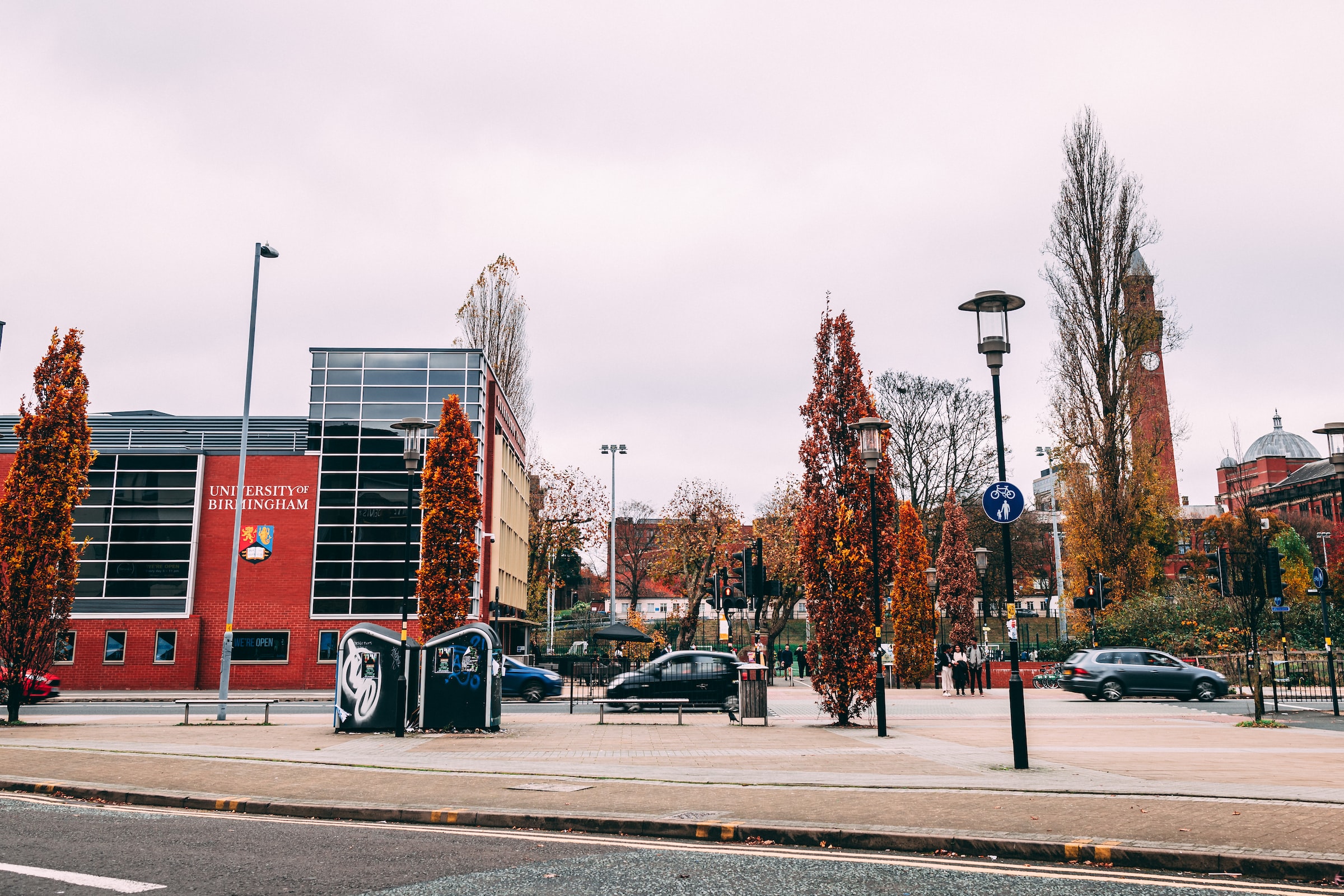
Film Critic Jake Davies effusively praises Zack Snyder’s new and improved version of 2017’s Justice League
After years of fan campaigns and an online movement calling for DC to #ReleaseTheSnyderCut, director Zack Snyder’s version of Justice League has finally seen the light of day. DC and comic book fans alike will feel vindicated by their faith kept in Snyder’s original vision. Despite following a largely similar plot to the 2017 flop Justice League, Snyder’s director’s cut includes almost two hours of new footage which adds depth to the characters, fleshes out the plot and hugely improves upon Joss Whedon’s chopped and changed movie in almost every department.
Clocking in at just under 4 hours and split into six chapters, Zack Snyder’s Justice League is an epic undertaking which deserves a chance on the big screen when cinemas reopen this summer. Snyder’s passion for the project is evident in every scene, be it in its sweeping cinematic landscapes or visceral, R-rated action sequences lifted almost straight from the comics. It is clear from these changes that this is much more the product of an artist than the safe and uninspired studio-endorsed 2017 original.
At the forefront of these key changes is Cyborg’s (Ray Fisher) backstory, most of which was binned in Whedon’s 2017 reshoots. These cuts were to the detriment of the film’s emotional impact, as Victor Stone’s journey, in particular his turbulent relationship with his father, drives the heart of the story. It highlights one of the flaws of 2017’s edition, which was that the audience simply didn’t care about the characters, who were hastily brought together with little development as DC attempted to copy Marvel’s The Avengers with their own superhero team up. Snyder rectifies this, providing additional depth to the origins of Aquaman (Jason Momoa), Cyborg, and the Flash (Ezra Miller) to help the audience connect with these characters and raise the emotional stakes come the final showdown.
It wasn’t just the heroes who received this treatment. Ciaran Hinds’ Steppenwolf gains much more screen time in ZSJL, with deeper motivations elevating him from the two dimensional boring baddie the team took on in 2017. The CGI villain also benefits from a much needed redesign, now a much more imposing figure with responsive metallic armour, a more beast-like demeanour and, thanks to the R-rating, a more brutal combat style. The improvement is staggering and makes a world of difference to the story, which this time includes DC big-bad Darkseid (Ray Porter), albeit restricted to just a few scenes and more intended as a set up for Snyder’s originally planned trilogy. As the old trope goes, any superhero movie is only as good as its villain, and Justice League is no exception.
Cinematically, the DCEU heroes have never looked better
Cinematically, the DCEU heroes have never looked better. Snyder’s distinct colour palette and directorial style remains consistent throughout, and the reworked soundtrack courtesy of Junkie XL is varied and beautiful, despite a few clunky tracks which don’t quite match the scenes they back. These are few and far between however, and largely Snyder’s interpretation is far more captivating than Whedon’s ever aspired to be.
One of the strongest alterations is that of the ending, which differs vastly from the original and is far more engaging than the original’s dull and predictable showdown. Utilising the individual strengths of the protagonists, Snyder delivers a well-balanced finale with a few fun twists, brilliant visual action and some brutal beat downs, effectively leaning into DC’s darker side. This brutality allows DC to explore different avenues than those typically examined in the Marvel Cinematic Universe, creating a niche which a future Snyderverse could’ve exploited further if it had come to fruition.
Speaking of Snyder’s future plans, the director includes numerous flash-forwards in this movie hinting towards events and themes which would’ve been explored had Snyder been given the green light to complete his planned Justice League trilogy. As it stands, Warner Brothers are making it clear that this film concludes Snyder’s partnership with DC, making it even more rewarding to have a peak at what could have been. Some will be understandably frustrated that the movie spends so much time setting up a future which probably won’t take place, but nonetheless these sequences are fascinating to consider and strikingly different to the rest of this first entry in the supposed-dead trilogy.
All of this isn’t to say that Zack Snyder’s Justice League is the perfect film. The 4 hour run time naturally suffers from some pacing problems in places, and the plot is still largely predictable. There are plenty who dislike the darker tone and struggle with the length too, but the one thing all can seem to agree on is that this film is far superior to its 2017 predecessor. The story is more cohesive and the characters arcs are far more satisfying, and thankfully there isn’t a dodgy CGI moustache in sight. Zack Snyder has finally seen his vision fulfilled and for DC fans across the world, it has been worth the wait.
Verdict:
Big, bold, beautiful and better than the original in every way, this is the redemption the Justice League needed. If you’re a fan of the cinematic and superheroic, you owe it to yourself to check this out!
8/10
Zack Snyder’s Justice League is now streaming on Now TV.
Comments